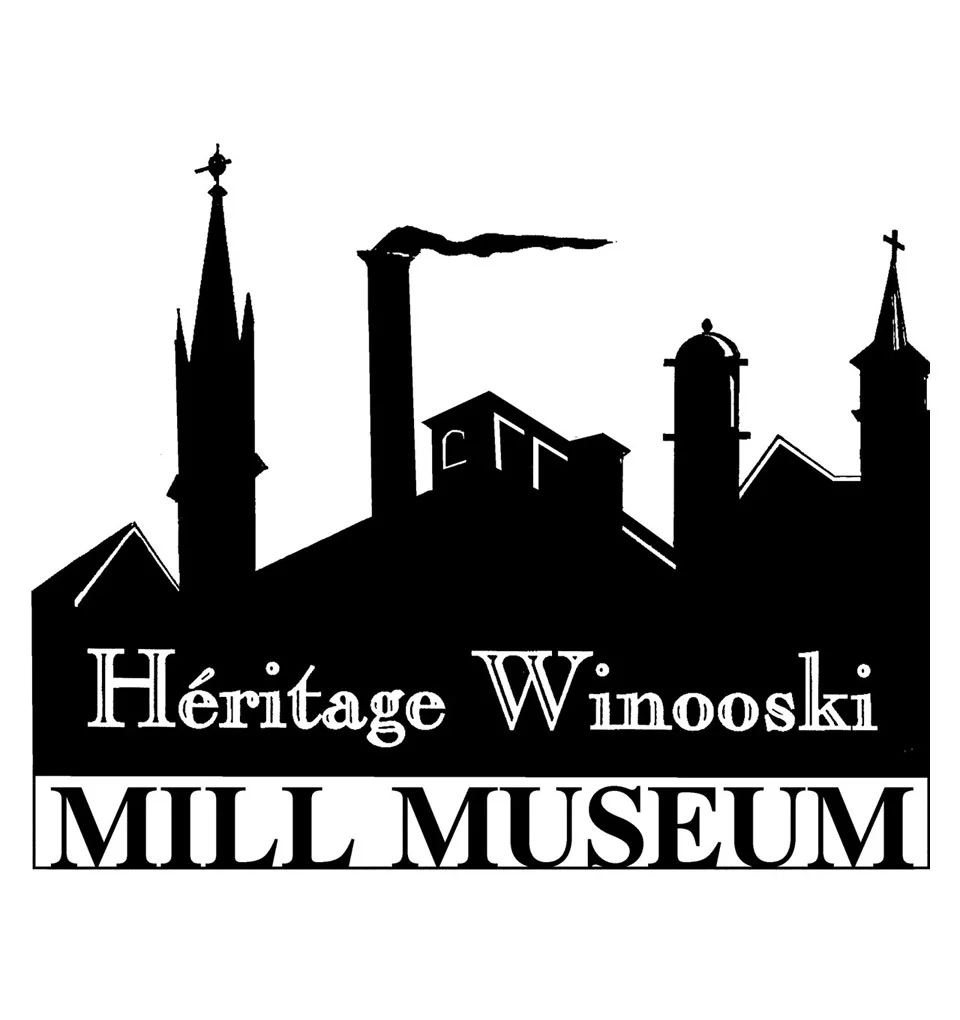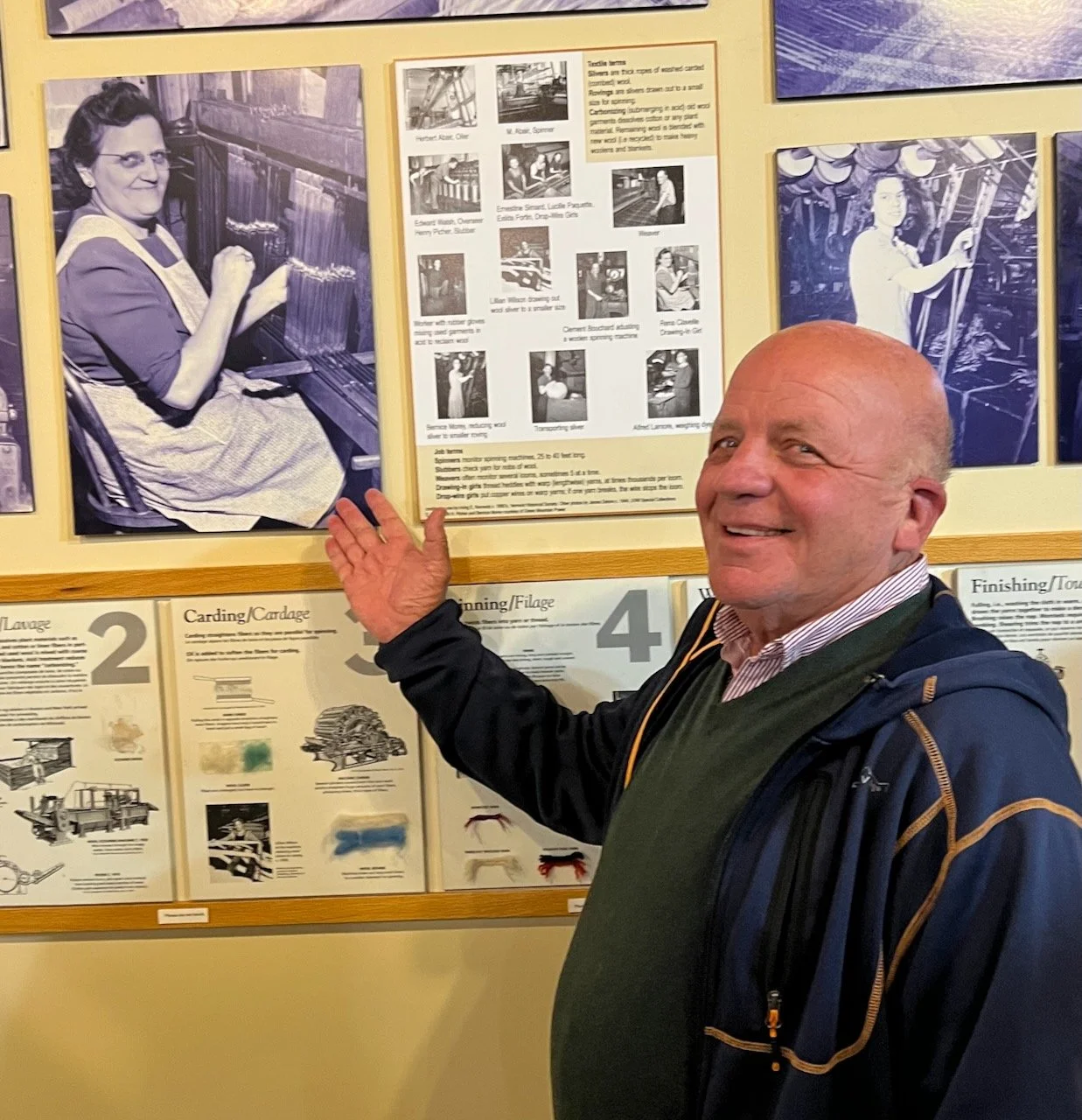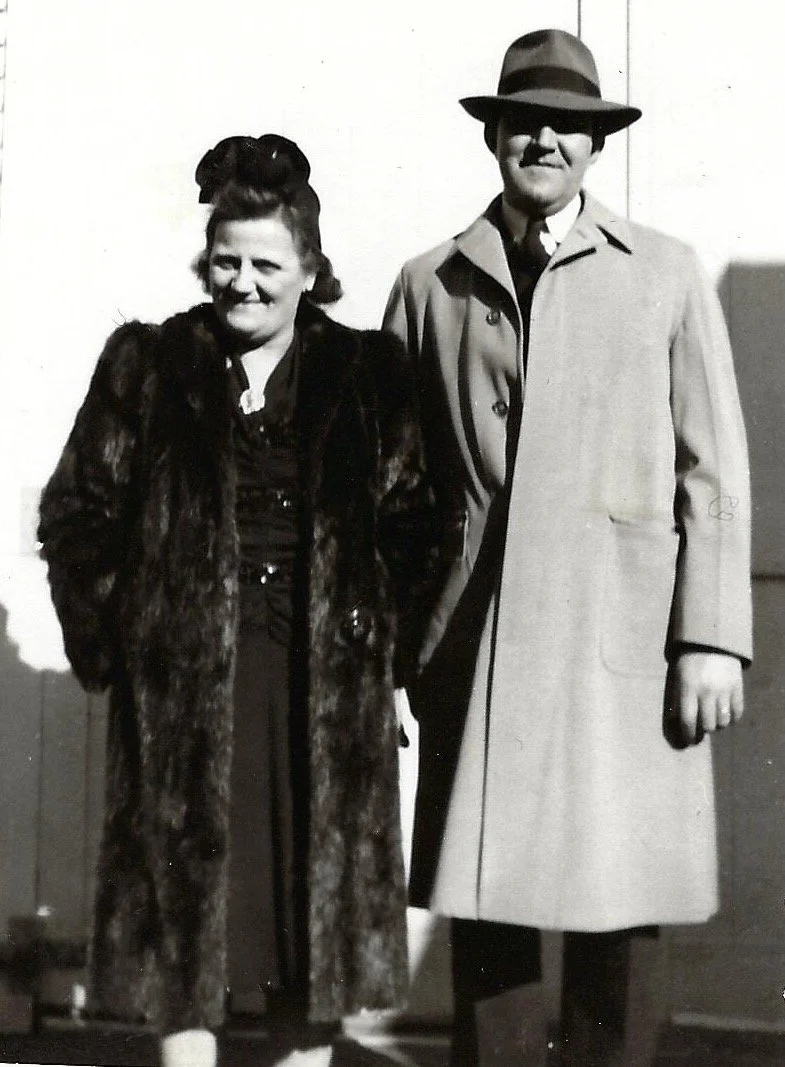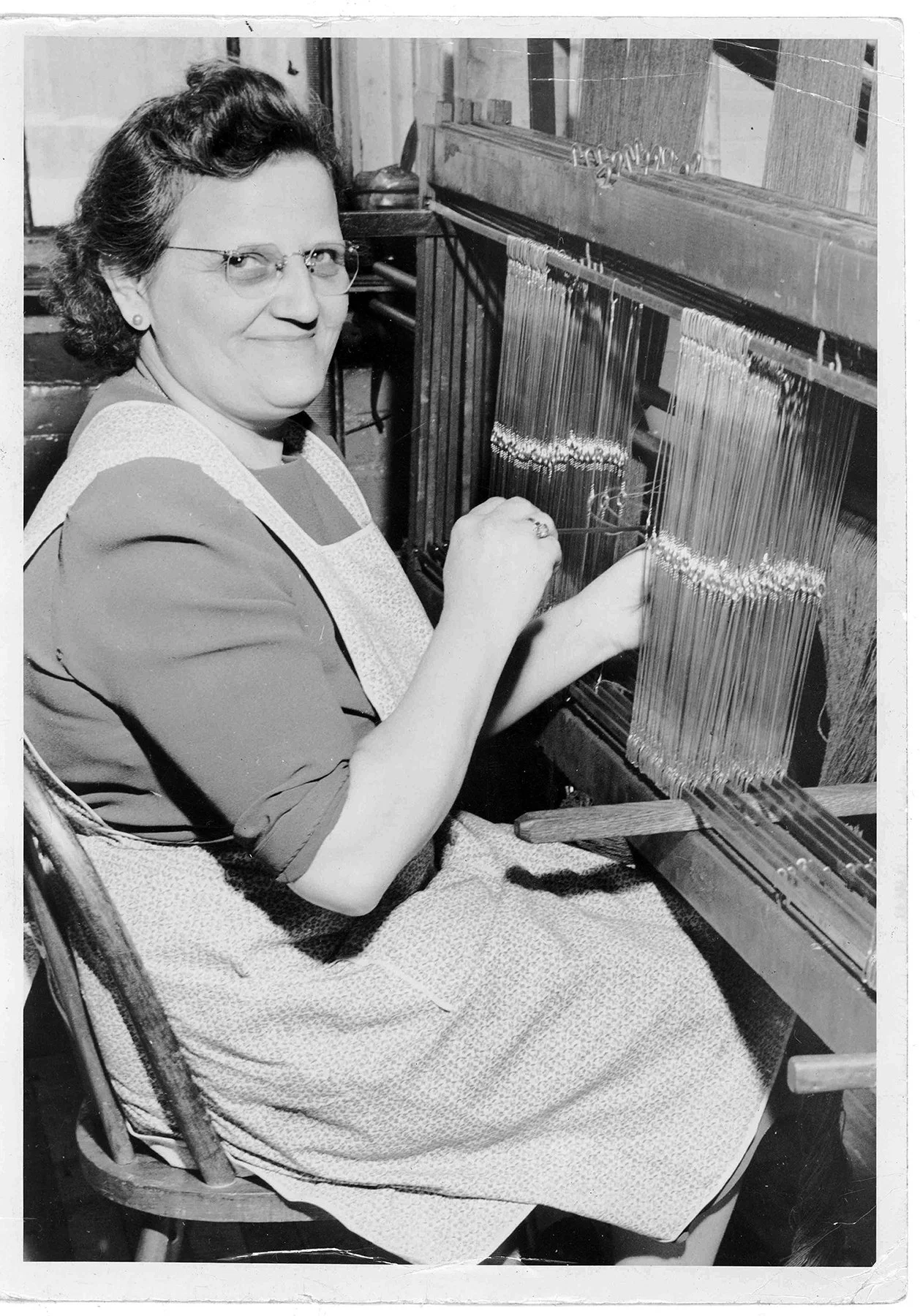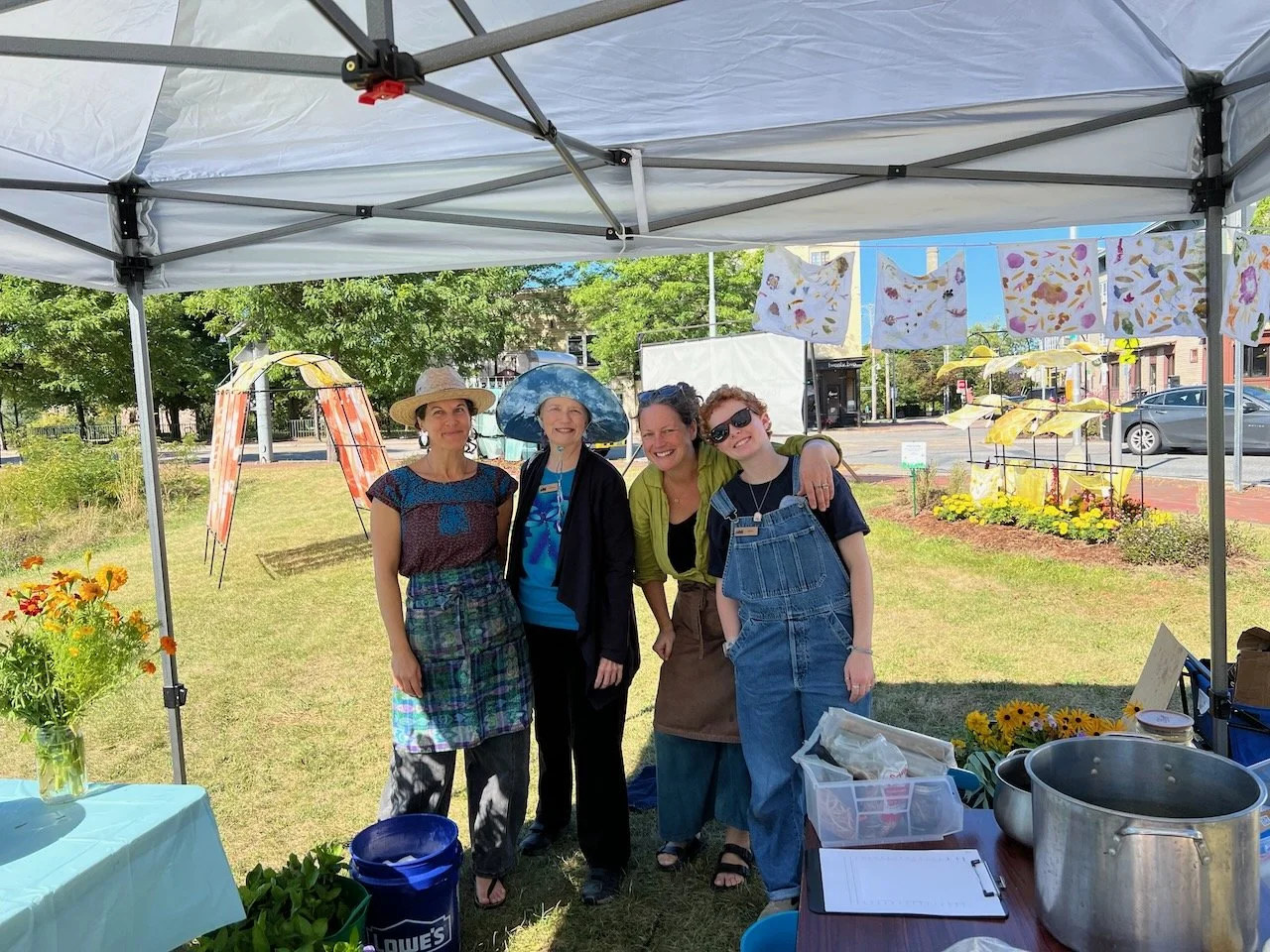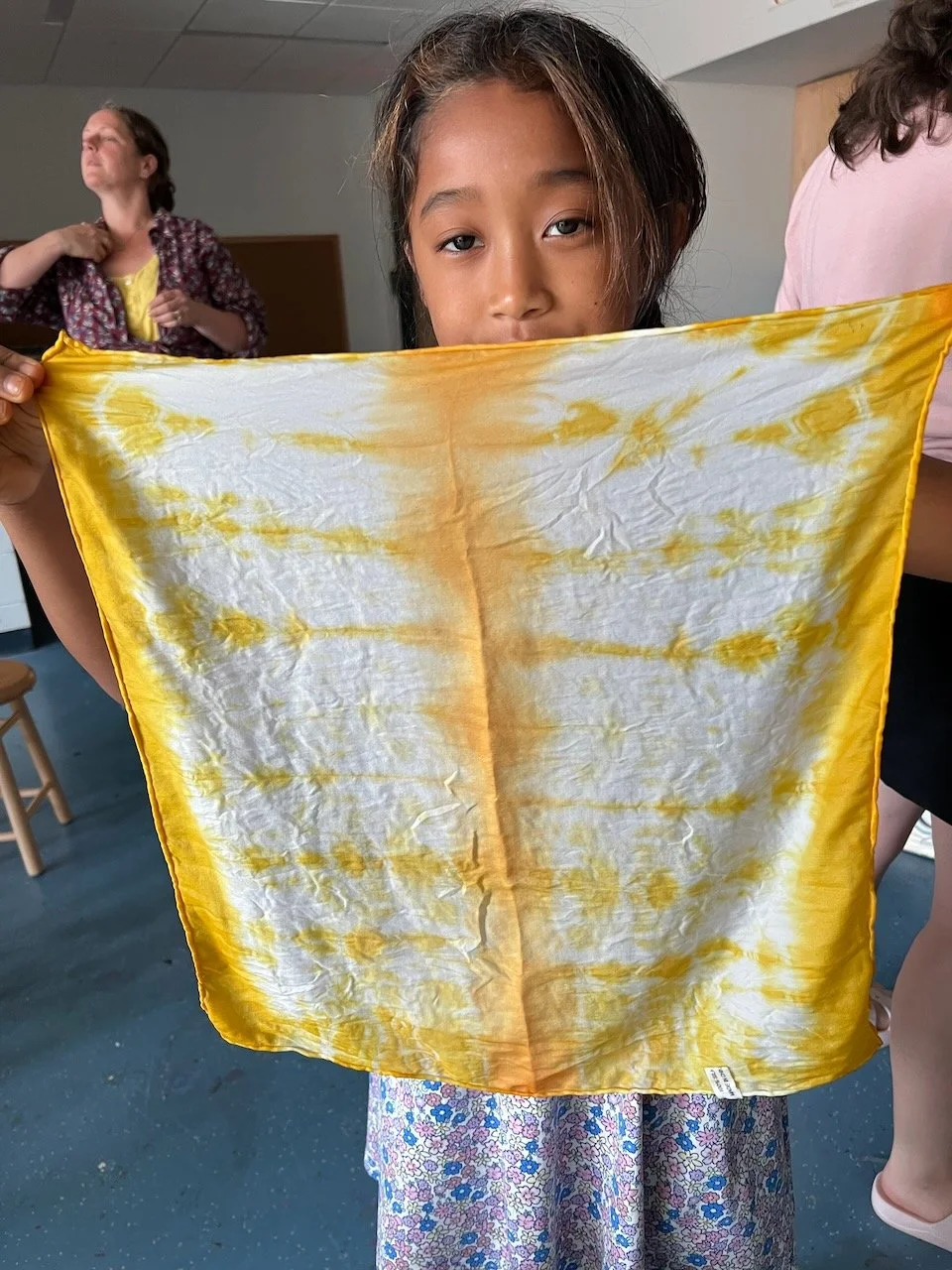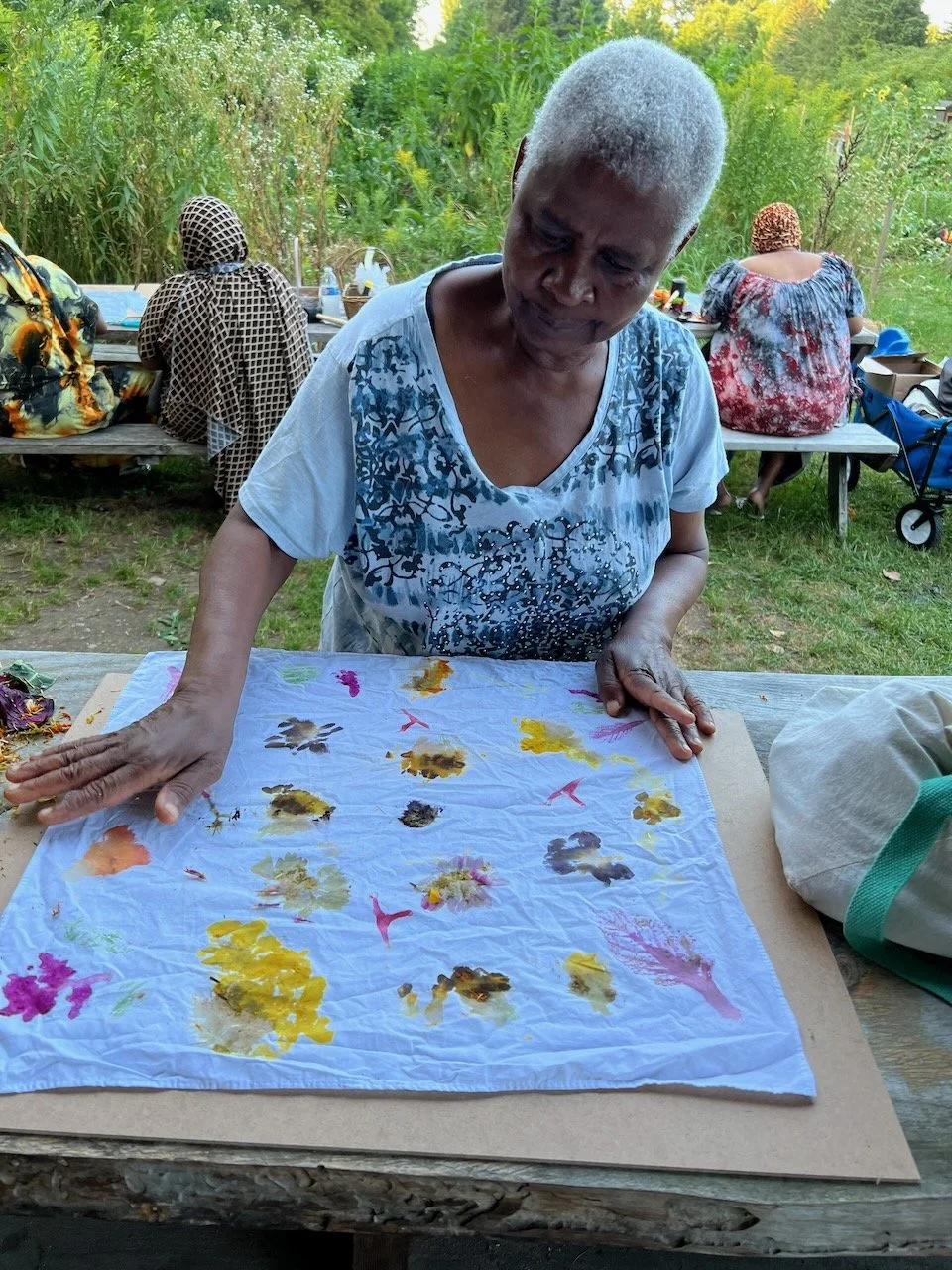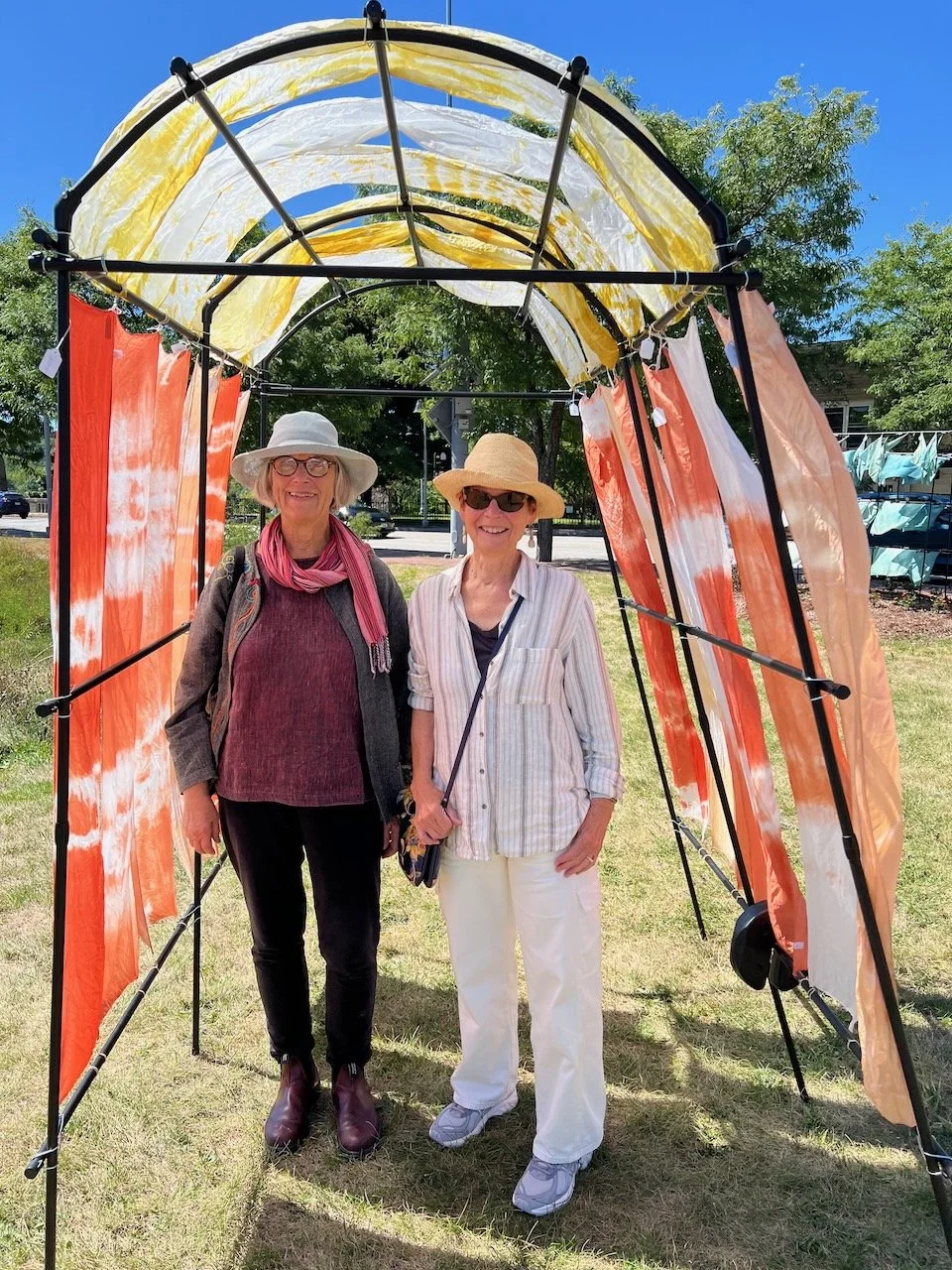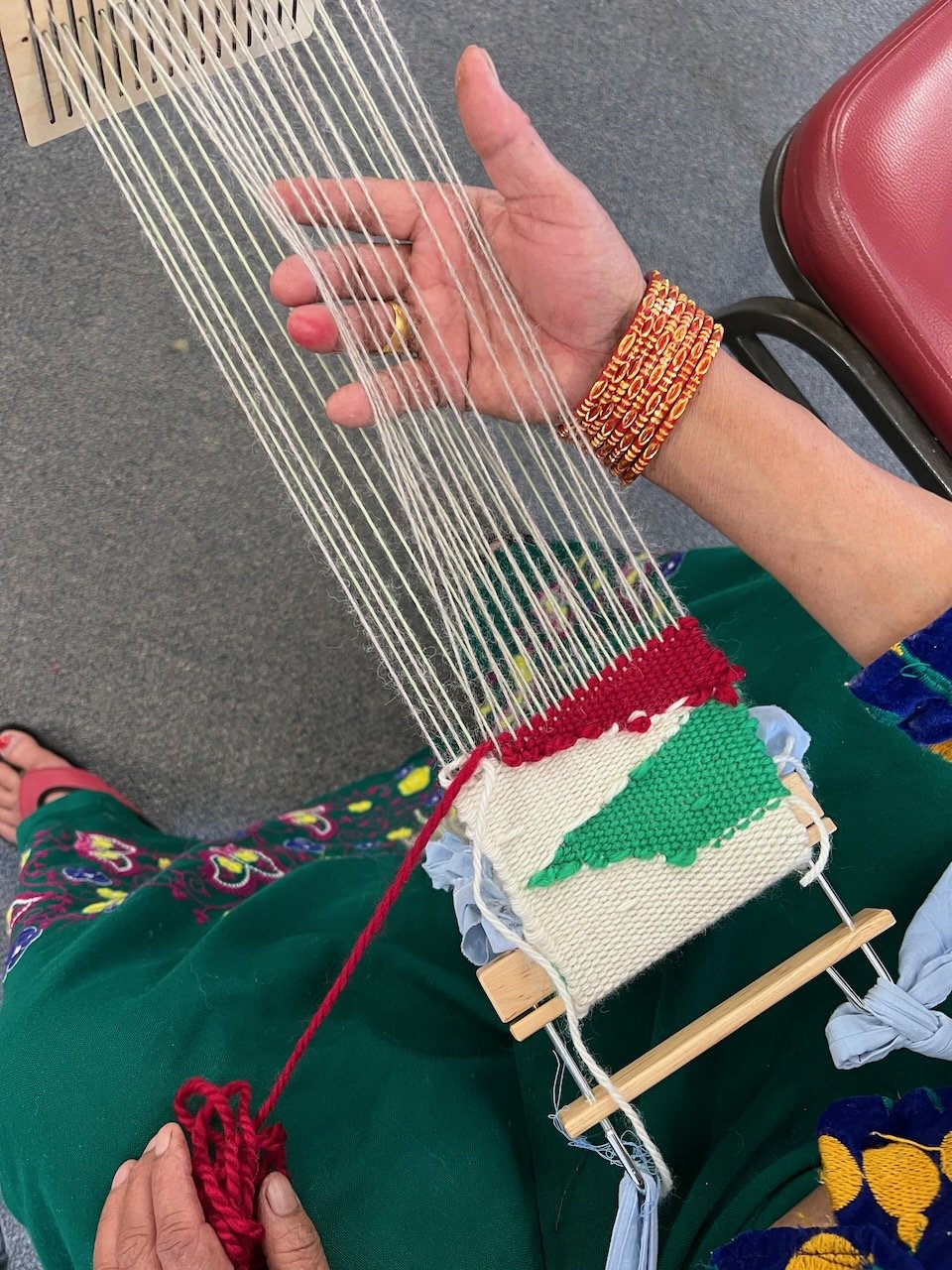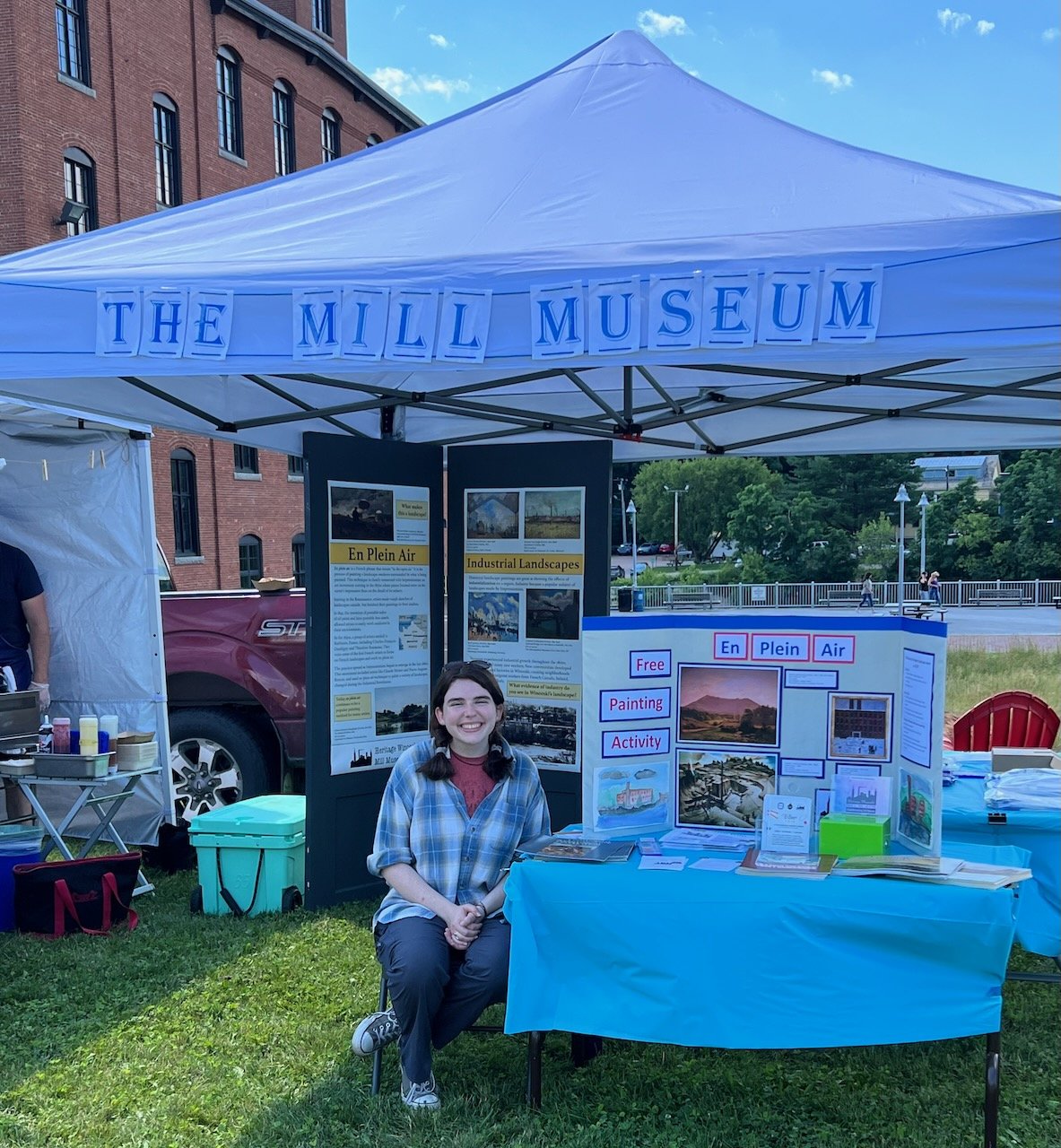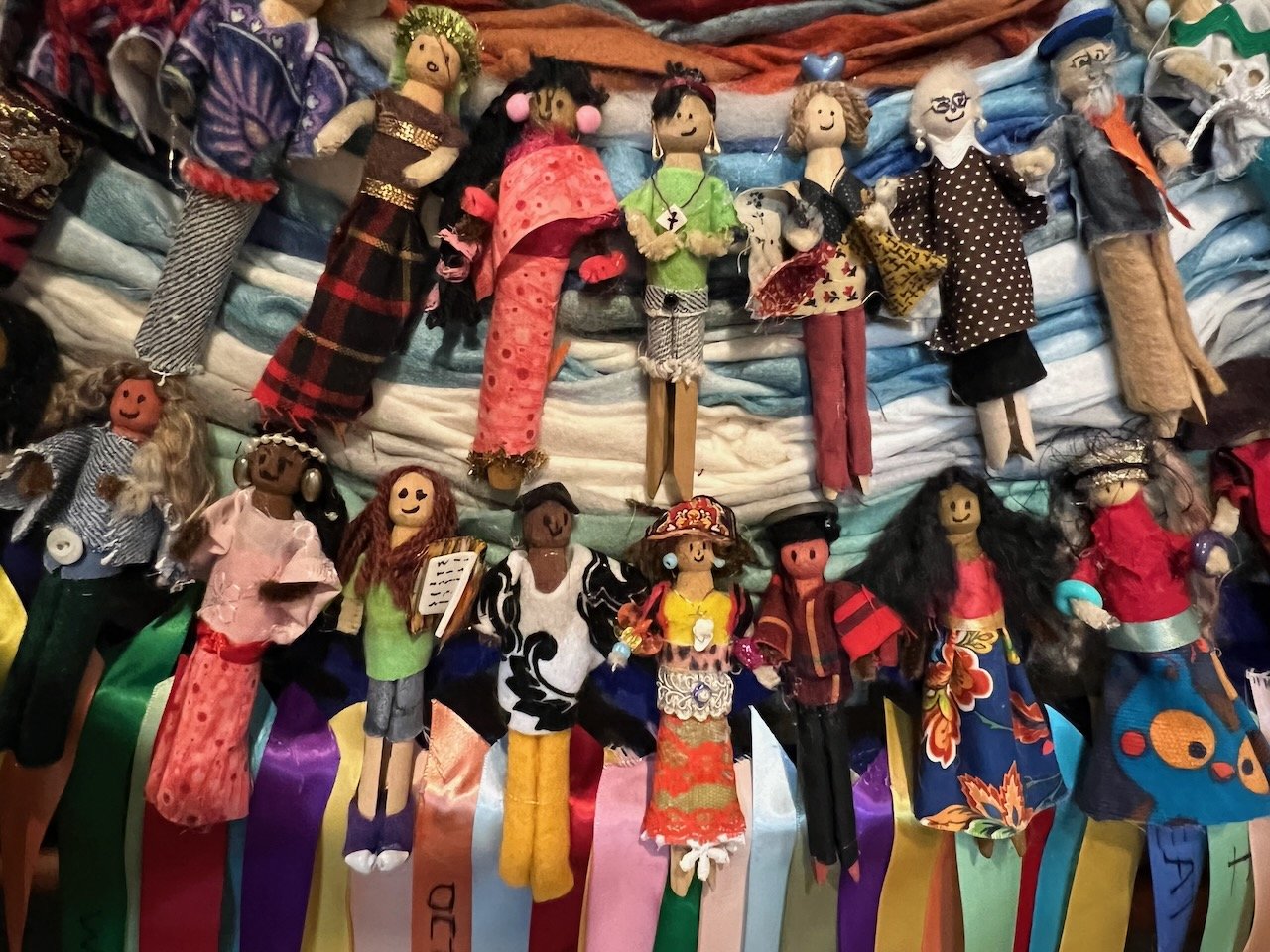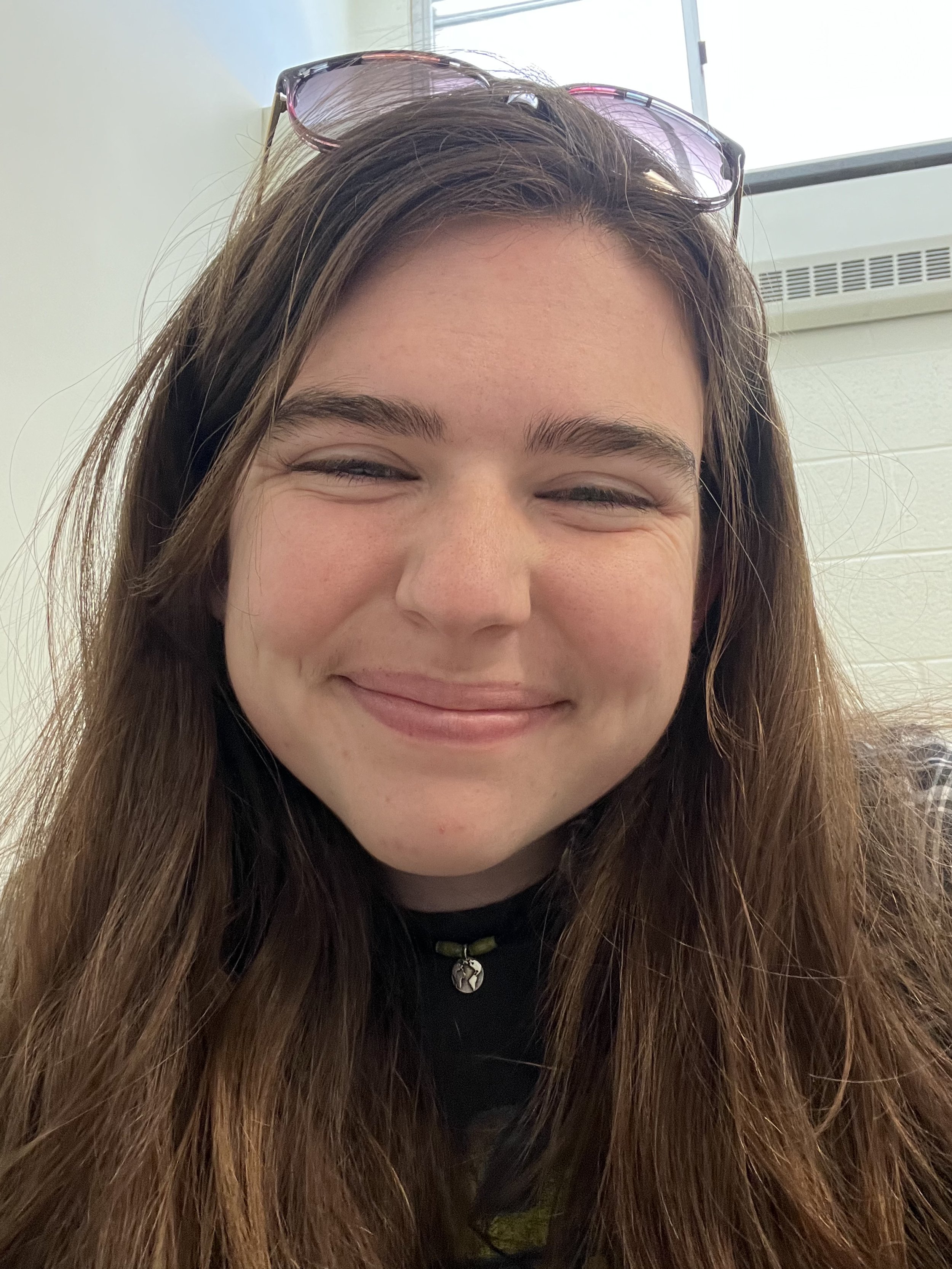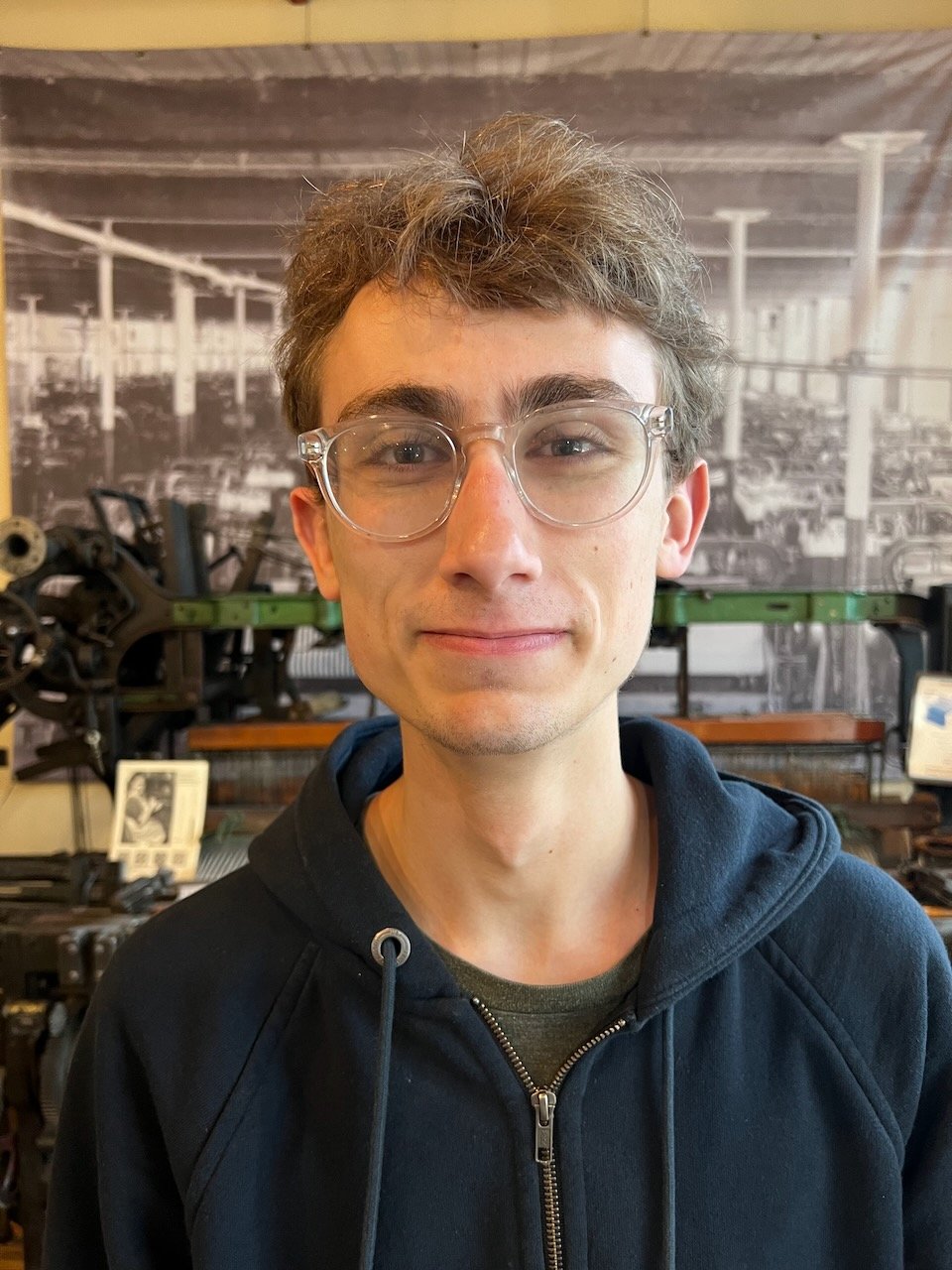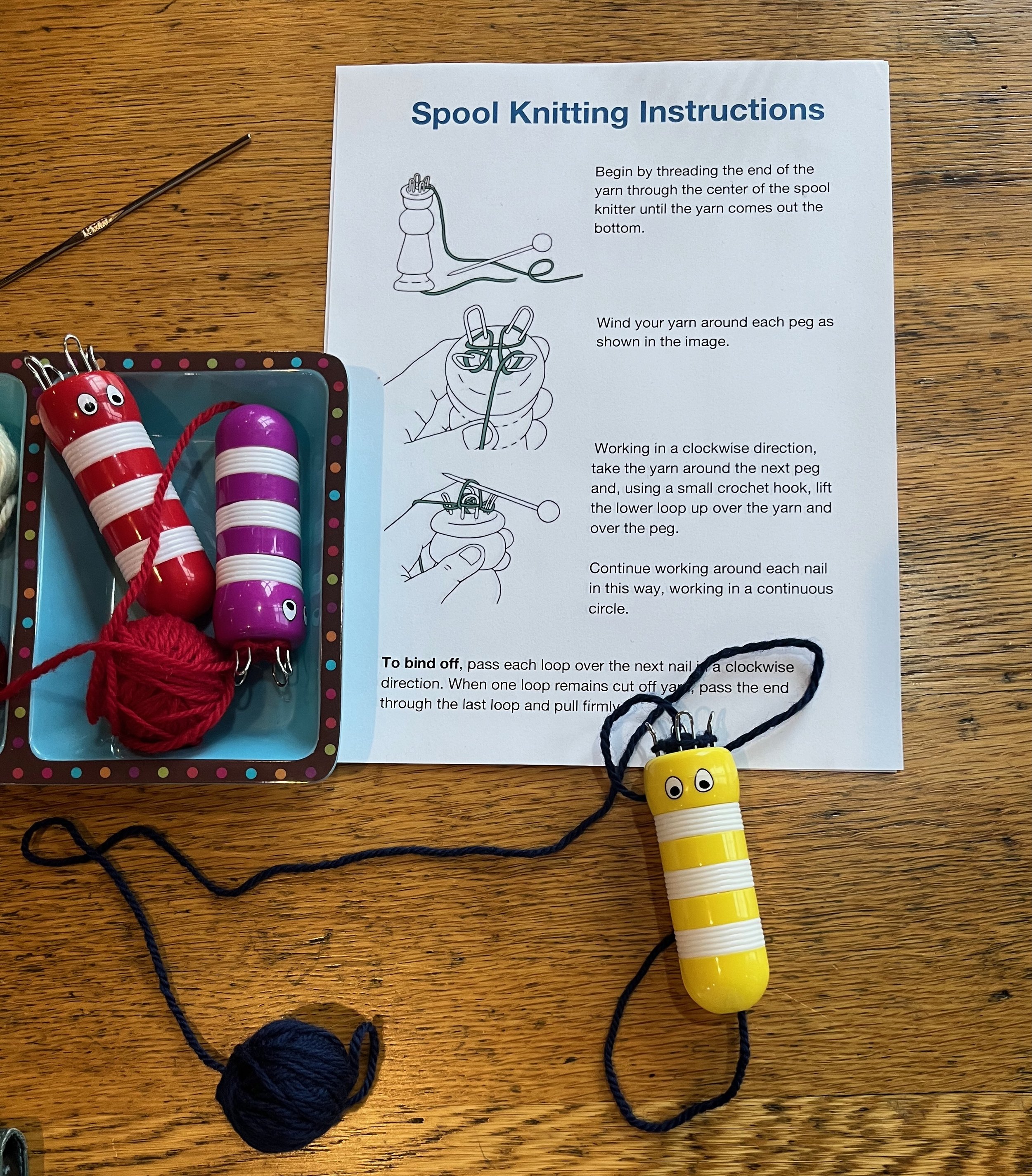Rooted in Winooski: A Conversation with Peter Clavelle
/by Emory Gerlach
Peter Clavelle is widely known for serving seven terms as mayor of Burlington between 1989 and 2006, but his hometown roots are across the river in Winooski. This past summer, I had the pleasure of interviewing Clavelle regarding his family history and connections to the textile mills in Winooski. Clavelle proudly explains that through his mother, he is a direct descendant of Francis LaClair. According to Clavelle, LaClair founded Queen City Brick and was one of the developers of the Winooski block that was built in 1867. Additionally, some of these bricks built the St. Francis Xavier Catholic Church on St Peter Street, which Clavelle’s father’s family historically attended. On his father’s side, Clavelle is of the working class: both his paternal grandparents worked at the Champlain Mill. His grandmother began working around 1913 at just 13 years old, and didn’t stop until the mill closed in 1954.
Clavelle’s paternal grandparents were Rena and Alfred Clavelle, lovingly called Mem and Pep by him and his cousins. These were common titles for families with French Canadian heritage, as they are abbreviated versions of the French grand-mere and grand-pere. Alfred was known by most people as Moon, and he passed the nickname down to his son Raymond and his grandson, Peter. Rena’s photo rests in the Mill Museum just above the loom on display. She is pictured threading the warp through heddles on the loom,a job which was titled “drawing-in-girl.” Though Rena worked at the mill for roughly 40 years, Clavelle doesn’t have strong memories of what her job entailed. He was only five when the mills closed, and his family didn’t talk about them much afterward. Working in the mills was a hard life, and they didn’t reminisce.
The stories Clavelle did hear were those of friendship and camaraderie. These stories were passed down verbally, as well as with the help of a book written by his cousins Sue,Paul, David, Rick, Tom, and Bobbie Clavelle titled Large Was Their Bounty - Memories of Mom and Dad. The book focuses on Clavelle’s paternal uncle and aunt, though there is a chapter about Rena and Alfred. Clavelle brought this book to share, and took time to read aloud his favorite sections.
Clavelle explains that Alfred (aka Moon) ran an underground poker joint during the prohibition, with dear friend and police chief Charlie Barber looking the other way to enable the games to continue. Clavelle fondly read aloud a section from the book, quoting that Rena “enforced the rules – all four feet, ten inches, 90 pounds of her. The most inviolable: No card playing on Sunday morning. Missing Sunday mass was a mortal sin, and Mem was not about to have that on her conscience.” The poker games would begin Friday evening after the work week was finished and continue through Sunday evening, pausing only on Sunday mornings. Though the poker joint was long shut down by the time Clavelle was born, he and his cousins still recall playing cards with their grandparents and the joy it brought them all.
Peter Clavelle with a photo of Rena Clavelle at the Mill Museum, 2022.
Rena and Alfred “Moon” Clavelle circa 1940’s.
“Drawing-in-Girl” photo of Rena Clavelle by James Detore c. 1943
Winooski is a special place for Clavelle, and he wants nothing more than for it to succeed. In 1976, at the age of 27, Clavelle began working as the City Manager of Winooski. This was during the revitalization period, which Clavelle so lovingly calls “the renaissance of Winooski”. It was hard work, as he explains, because he served at a fairly tumultuous time in Winooski’s development and evolution. Because of the closing of the mill in 1954, Winooski was receiving more federal dollars per capita than virtually any place in the country. Still, however, buildings were sitting vacant and families were struggling. Resulting from the federal model cities program and the Urban Renewal Program, Clavelle explains, many of the historic buildings of Winooski were demolished. Other buildings, including the Champlain Mill, were renovated with help from the federally funded Urban Development Action Grant (UDAG) Program. After a city budget requiring a tax rate increase was rejected, he left his job in Winooski and ultimately joined the administration of Bernie Sanders, who was serving as Mayor of Burlington at the time. According to Clavelle, it was difficult to be a City Manager when his past was so tied up within Winooski. He was recruited by Bernie, and continued in Burlington public office for the next two decades.
Thank you Peter Clavelle, for sharing your history with us, and for serving both Burlington and Winooski so devotedly!
